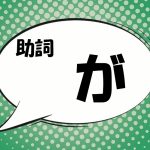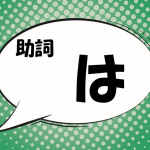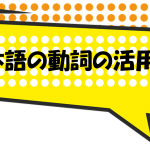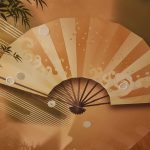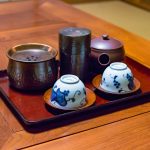
What are Japanese participles?
Let’s learn direct object particle o/を for now.
Direct object particle o/を
Direct object particle o/を is a direct object marker. The particle o/を marks the direct object of the verb. That is, it tells us who or what is receiving the action of the verb.
o/を (sometimes transliterated wo, and spelled wo in the Japanese kana writing) indicates that the preceding noun or pronoun is the direct object of the verb.
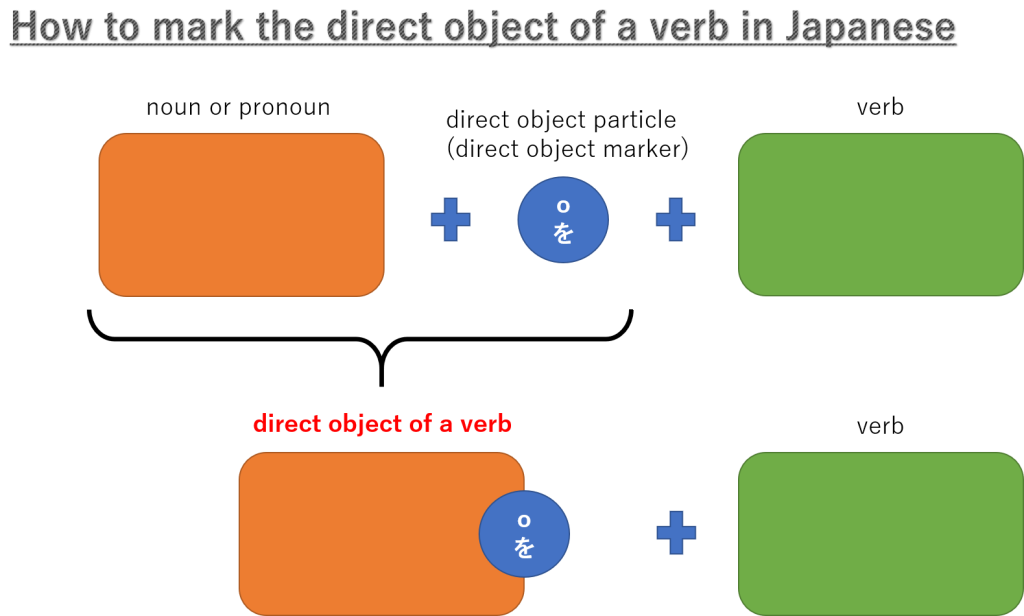
Let’s look at a few examples:
<Example 1>
Piza o tabeta.
ぴざ を たべた。
ピザ を 食べた。
[pizza o/を ate]
I ate pizza.
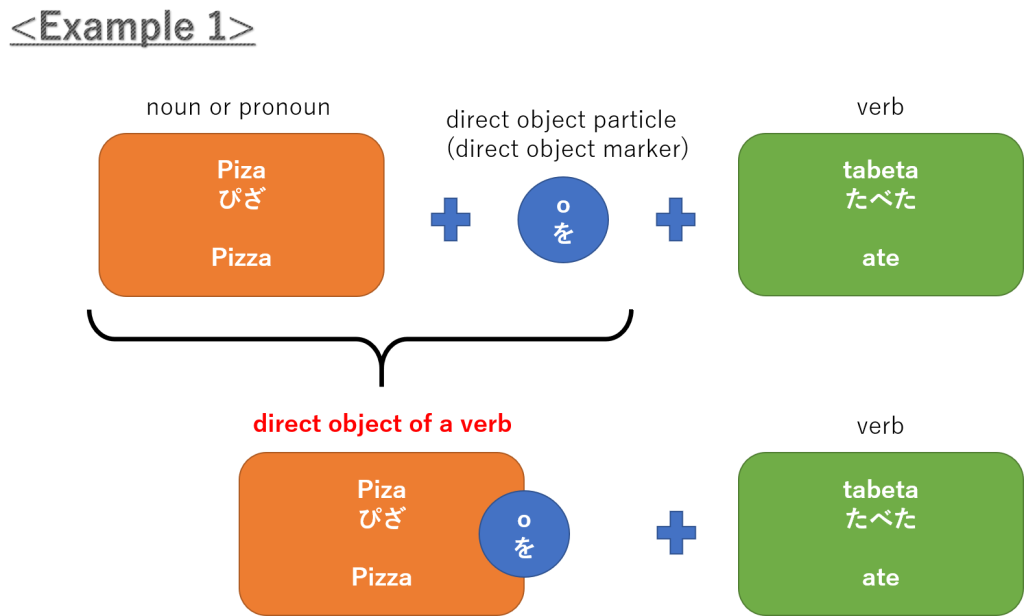
Here, o/を comes after “piza”, and this tells us that pizza is the thing that was eaten.
<Example 2>
Hon o yonda.
ほん を よんだ。
本 を 読んだ。
[book o/を read]
I read a book.
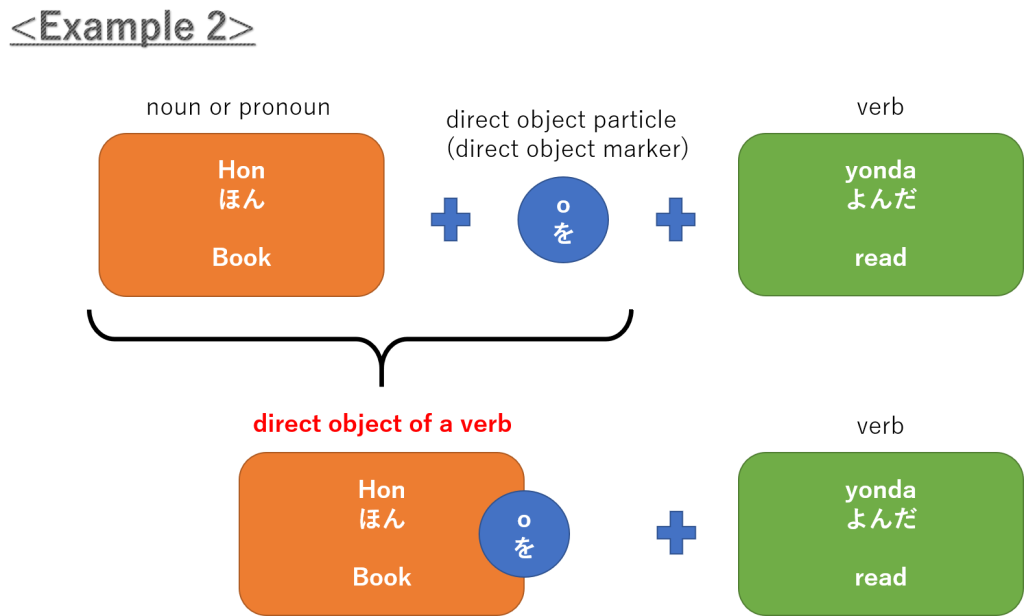
The book is the thing that was read, and we know this because “hon” is followed by o/を.
